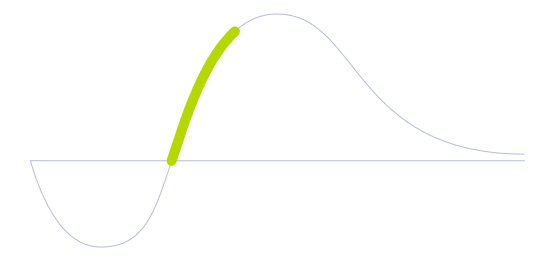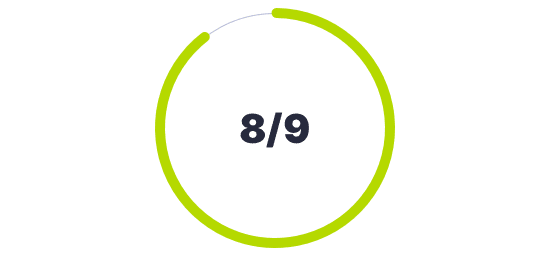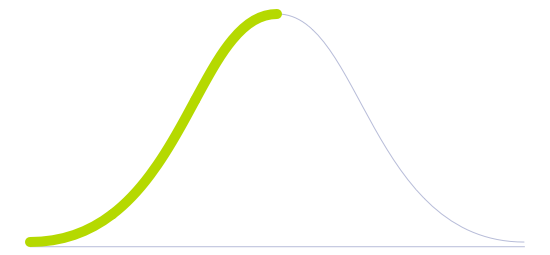Integrated Operations Center

Technology Life Cycle
Marked by a rapid increase in technology adoption and market expansion. Innovations are refined, production costs decrease, and the technology gains widespread acceptance and use.

Technology Readiness Level (TRL)
Technology is developed and qualified. It is readily available for implementation but the market is not entirely familiar with the technology.

Technology Diffusion
Adopts technologies once they are proven by Early Adopters. They prefer technologies that are well established and reliable.

An integrated control system, based on real-time information derived from IoT communication devices, sensors, and flow prediction systems designed to remotely control, monitor, and maintain large and complex facilities and settings. From factories, power plants, network operation centers, airports, farms, to urban areas, it remotely manages all the variables that need to be systematized, such as traffic flow, supply chain logistics, and airport management, among others.
This monitoring system extracts data from a certain setting through sensors, telemetry streams, aggregated data, and image inputs from cameras, and in turn, autonomously provides analysis, solutions, and operational orders for specific circumstances, such as congested airport traffic. It works in cooperation with humans who can take control whenever a systematic solution provided by the system is not fit for occurrence.
By displaying a bigger picture of the variables of a particular environment, this monitoring system provides an efficient solution to control and manage the use of natural resources such as energy or water. In the agriculture sector, it could offer open tools and protocols that assist farmers and researchers with collecting data and distributed experimental conditions that could help improve crop productivity and efficiency. When coupled with closed-loop pipetting technological solutions, connected with wireless sample temperature sensors, it could decrease the risk of errors and improve decision-making, while simultaneously allowing the users to keep track of costs and increase industrial and commercial efficiency.
Future Perspectives
With the successful implementation of these remote monitoring systems, it will no longer be necessary to have as many people working on a daily basis on a farm, performing repetitive maintenance tasks. Despite the development of robotics and sensor technologies being applied in agriculture and other industries, the presence of human workers will likely be restricted to quality assurance, as they work fewer hours, while the machines take over hard tasks.
Image generated by Envisioning using Midjourney